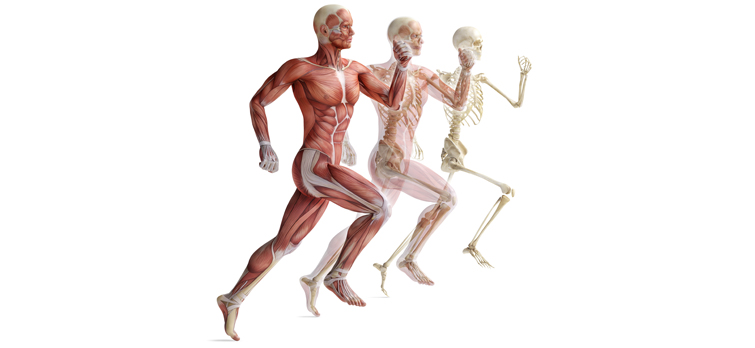Lambrianides Y, Epro G, Arampatzis A, Karamanidis K.
Scand J Med Sci Sports. 2024;34:e14638
This study aimed to examine the temporal dynamics of muscle–tendon adaptation and whether differences between their sensitivity to mechano- metabolic stimuli would lead to non- uniform changes within the triceps surae (TS) muscle–tendon unit (MTU).
Twelve young adults completed a 12-week training intervention of unilateral isometric cyclic plantarflexion contractions at 80% of maximal voluntary contraction until failure to induce a high TS activity and hence metabolic stress.
Each participant trained one limb at a short (plantarflexed position, 115°: PF) and the other at a long (dorsiflexed position, 85°: DF) MTU length to vary the mechanical load. MTU mechanical, morphological, and material properties were assessed biweekly via simultaneous ultrasonography–dynamometry and magnetic resonance imaging.
Our hypothesis that tendon would be more sensitive to the operating magnitude of tendon strain but less to metabolic stress exercise was confirmed as tendon stiffness, Young’s modulus, and tendon size were only increased in the DF condition following the intervention.
The PF leg demonstrated a continuous increment in maximal AT strain (i.e., higher mechanical demand) over time along with lack of adaptation in its biomechanical properties.
The premise that skeletal muscle adapts at a higher rate than tendon and does not require high mechanical load to hypertrophy or increase its force potential during exercise was verified as the adaptive changes in morphological and mechanical properties of the muscle did not differ between DF and PF.
Such differences in muscle–tendon sensitivity to mechano- metabolic stimuli may temporarily increase MTU imbalances that could have implications for the risk of tendon overuse injury.

